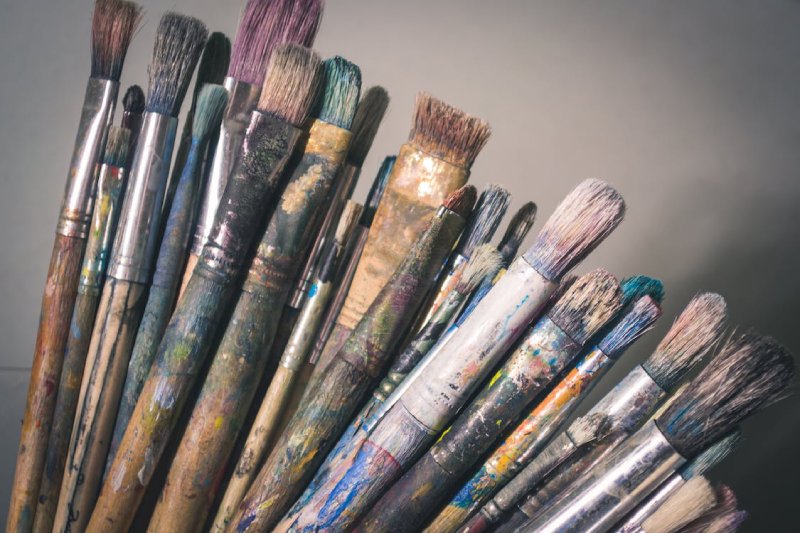
The Influence of Historical Art Movements on Today’s Artists
- Entertainment
- February 10, 2024
Art, an ever-evolving and dynamic form extends its roots deep into the past, drawing nutrients from the rich soil of history. Each epoch leaves a distinct imprint, a stylistic lexicon from which contemporary creators borrow extensively. To truly grasp how previous styles shape current artistic landscapes, one must delve into the practices of modern creators, observing their references to bygone eras.
Tracing the Impact of Classic Techniques
Artists today often pay homage to the methods their predecessors employed. From the chiaroscuro of the Renaissance to the impasto strokes of the Impressionists, these ancient techniques are revived and reinterpreted to create new, vibrant works. This approach connects artists across the centuries within an unbroken lineage of aesthetic exploration.
Hew Locke and His Artistic Ancestors
Renowned artist Hew Locke is a modern exemplar whose work heavily draws from the tapestry of history. Locke’s installations and sculptures are imbued with cultural references that span across time, from Victorian-era exuberance to post-colonial commentary. The ghosts of historical art movements linger vividly within his elaborate pieces.
Locke challenges viewers to see beyond the surface, invoking an archaeological approach to the interpretation of art. His pieces are layered with meaning, intertwining past and present contexts to prompt reflection on power, identity, and history. Through Locke’s work, one witnesses a present-day reverberation of historical dialogues.
The Allure of Visual Narratives
Storytelling through visuals, a craft mastered in mural paintings and tapestries of old, remains a compelling tool. Contemporary artists weave narratives in their work, resonating with the human penchant for stories. This narrative drive is central to understanding the allure of art that sweeps viewers into a visual journey.
The Renaissance Revisited
Many artists find Renaissance idealism and harmony captivating, reflecting these principles in their work. They adopt aspects like composition and perspective, infusing them with contemporary sensibilities and subjects. This fusion generates a temporal dialogue where classic virtues meet modern-day narratives.
Expressionism’s Emotional Outpour
The raw emotive power of Expressionism continues to find its echo in current art forms. Artists channel this intensity into their work, expressing personal and collective angst. This homage to Expressionist fervor is pivotal in understanding the emotional connectivity that art fosters across ages.
Conceptualizing Art: The Modern Creed
Conceptual art, a movement that prized ideas above aesthetic, has significantly influenced today’s artists. The essence of this philosophy lies in questioning the nature of art itself, a query that contemporary creators continually engage with. They craft work that not only pleases the eye but also stimulates intellectual curiosity.
Abstract Forms and the Essence of Imagination
The pioneers of Abstraction dismantled the need for representational imagery, a legacy that thrives among artists who seek to evoke rather than depict. This abstract thinking liberates creators to explore form, color, and composition, unhindered by the constraints of realism.
The Digital Renaissance and New Media
As we advance into the digital age, the exploration of new media and technologies has become analogous to the experimental spirit of past movements. Artists harness digital tools to expand their creative lexicon, much like their predecessors experimented with newfound pigments or printing methods.
Final Reflections: History’s Enduring Echo
In the end, history’s impact on contemporary art is inescapable. Artists like Hew Locke showcase how one can weave historical threads into a modern fabric. Their creations are testimonies of a timeless conversation between the present and the past. Each piece is a fragment of this ongoing dialogue, an emblem of the artist’s bond with history’s grand narrative.
As a kaleidoscope of the past illuminates the future, today’s artists navigate through a rich labyrinth of traditions. They emerge not as mere replicators of past movements, but as innovators who envision the new by reimagining the old. The dialogue between epochs, as seen through the prism of current creators, ensures that art is never static, but a living entity, forever shaped by the whispers of its ancestry.